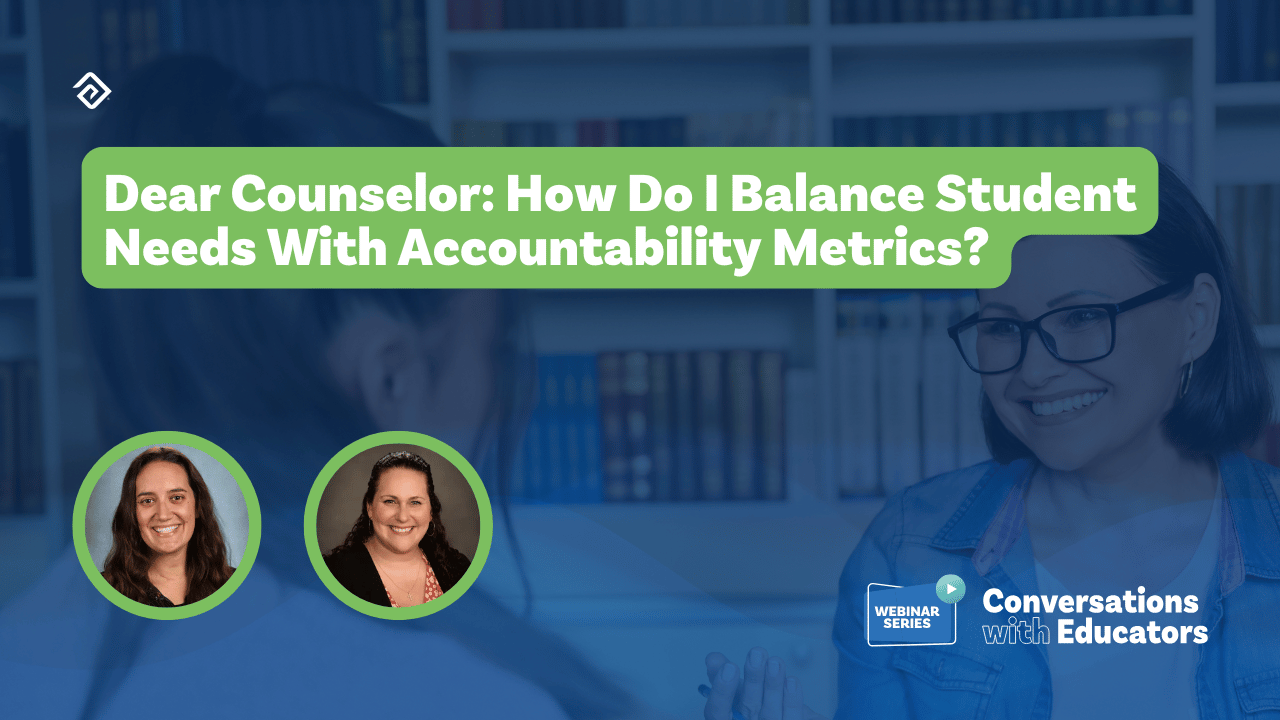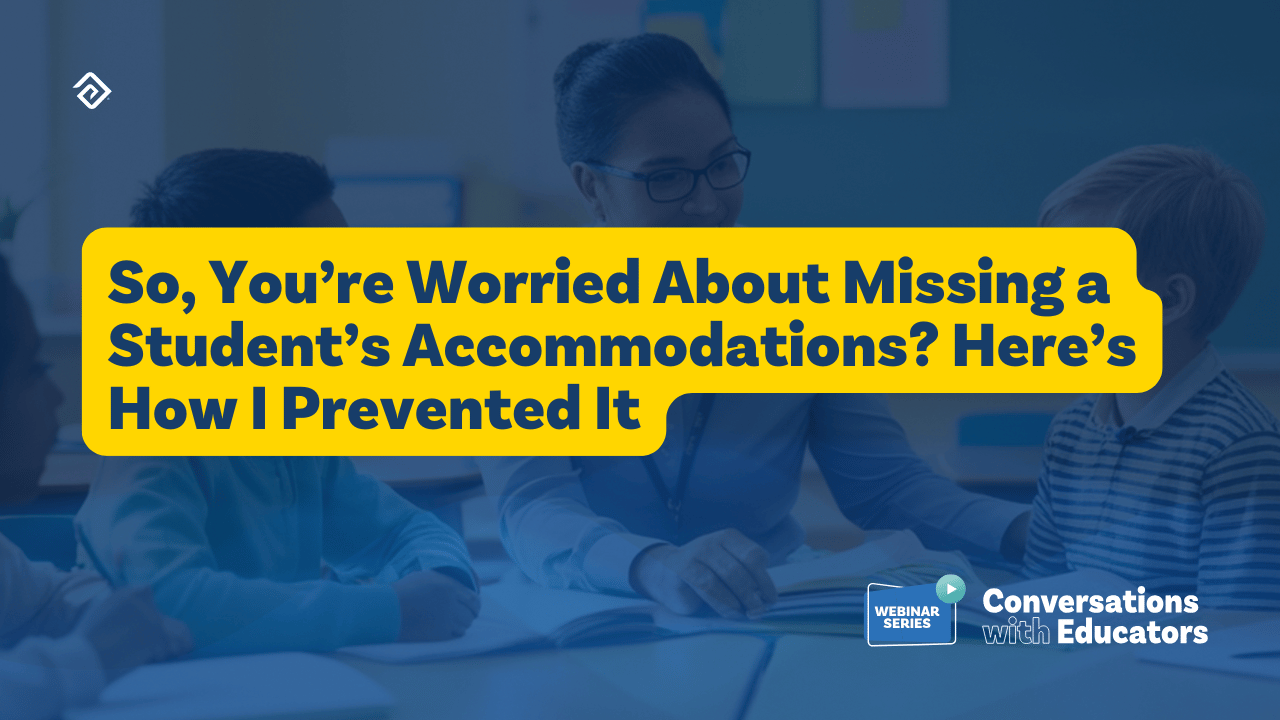Lesson Plan Objectives: 5 Steps To Implement

Lesson plan objectives refer to thorough descriptions of what your students should accomplish during a class. These course outlines should be simple, brief, and factual statements regarding what your students should achieve. Moreover, when writing lesson plan objectives, teachers must ensure that they remain structured in a manner that helps students evaluate their progress.

Lesson Plan Objectives: Basic Characteristics
Being a teacher is one of the most complicated and demanding professions, and with so many important duties, and an increased number of students needing to be served, the challenge to reach all students is vast. Teaching is also very rewarding with the opportunity through pedagogy to help shape a student's viewpoint to their own understanding and abilities.
Teachers accept a huge responsibility and, therefore, must ensure that they prepare students well. Creating an effective lesson plan objective forms the foundation for the rest of the lesson, including helping determine whether students have mastered the objective. Additionally, some vital characteristics of a lesson plan that help teachers to conduct classroom instruction better include:
- Relating specific goals rather than focusing on accomplishing those objectives
- Being detailed and measurable
- Teaching the students new ideas
Steps to Write Effective Lesson Plan Objectives
Lesson plan objectives should never be simply a list of what to cover in class. Instead, productive lesson plan objectives should focus on what the students learn and accomplish throughout the course. Listed below are some tips to create effective lesson plan objectives.

1. Determine the knowledge level needed to accomplish the objective
Before documenting lesson plan objectives, an instructor should focus on the difference they want to make. Questions like, “What do I want my students to get out of this class?” are important. When determining the ultimate objective, the learning stages can be categorized into three domains: Affective domain (attitude), Psychomotor domain (skills), and Cognitive domain(knowledge). The acronym ASK is a good way to help remember their function.
- Attitude (Affective Domain) — transforms how a student decides to act. This is the most challenging learning objective as it deals with emotions, feelings, and perspectives.
- Skills (Psychomotor Domain) — concentrates on modifying or enhancing the tasks a student can accomplish
- Knowledge (Cognitive Domain) — focuses on improving what students know. Also, note that learning safety rules or performing any task that includes cognitive skills are all instances of this knowledge level.
2. Pick relevant action verbs
After determining the domain to concentrate on when creating lesson plan objectives, it's time to begin writing down these objectives. First, however, to produce practical lesson plan objectives, include an action verb to help better describe the conduct for the appropriate learning level.
Below is a list of action verbs, which you can use for each learning domain.
- Attitude (Affective Domain)
Advocate | Abide | Allow | Analyze | Agree | Assent | Acknowledge | | Assess | Choose |Collaborate |Cooperate | Comply |Coordinate |Convince | Defend | Decide To | Endorse | Evaluate | Pick | Recommend | Support | Select | Volunteer | Tolerate
- Skills (Psychomotor Domain)
Actuate | Align | Alter | Administer | Adjust | Build |Calibrate | Copy | Change | Design | Demonstrate | Draft |Develop | Execute | Formulate | Handle | Gather | Measure | Mend | Prepare | Perform | Process | Regulate | Record | Replace | | Remove| Service | Set
- Knowledge (Cognitive Domain)
Compare | Describe | Define | Designate |Distinguish | Discover | Explain | Itemize | Identify | Label | List | Name | Recognize | Recite | Relate | Recount | Retell | Spell Out | Specify | State | Term | Tell | Write
3. Creating lesson plan objectives
After determining the learning domain to use and the action verbs for defining a lesson plan objective, it is time to implement the plan.
Productive lesson plan objectives should focus on what the students should understand or accomplish by the end of a given period and demonstrate how to exhibit that proficiency or knowledge.
4. Replicate the process for all your lesson plan objectives
In the final step, carefully review the process for every lesson plan objective.
The Bottom Line
Student learning is enhanced when they understand what their teachers expect from them and what they need to accomplish at the end of a particular lesson. When lesson plan objectives are explicit, students are better prepared to engage and own their progress. Clear objectives create opportunities for students to look for patterns in their learning to find underlying precepts, review evidence, critically examine opinions, and engage with learning courses better. Similarly, for teachers, creating lesson plan objectives means staying connected and engaged with their students.

More Great Content
We know you'll love




